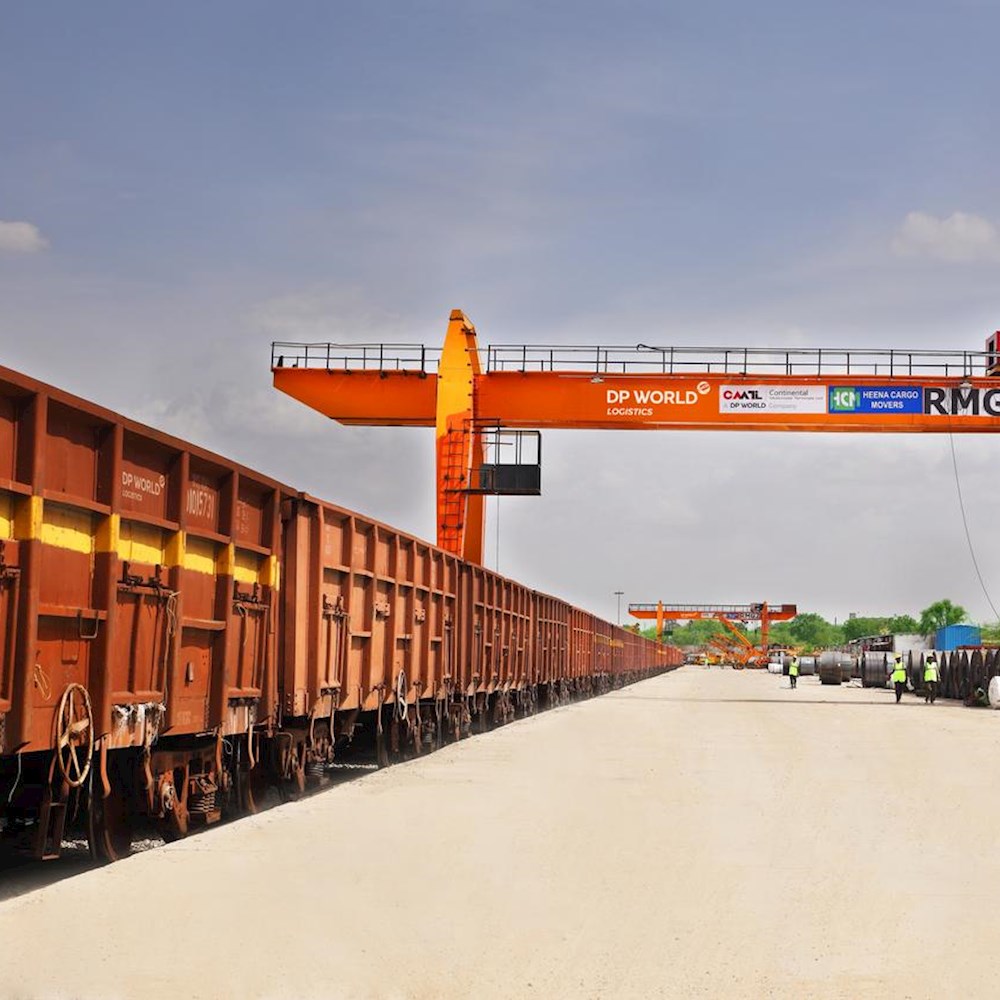As the world faces increasing and unprecedented challenges, humanitarian logistics is the central element of crisis response when conventional supply chains are disrupted by natural disasters or complex emergencies. Leveraging the power of partnerships and collective action, a global network must activate to ensure the efficient delivery of vital aid to crisis-affected communities.
CHAPTER BREAKDOWN
In this paper we seek to define a vision for effective humanitarian logistics, outlining actors and challenges tied to supplying crisis-affected areas. It puts forth ideas to improve global preparedness, reflecting our shared commitment to a future where logistics sustain and illuminate the aspirations of communities worldwide.
Defining humanitarian logistics
Humanitarian logistics is key to crisis response, orchestrating supply chain operations in dire and time-sensitive situations. With lives at stake, the seamless flow of essential goods becomes paramount. This encompasses planning, procurement, transportation, warehousing, and distribution of resources to alleviate human suffering during disasters, conflicts, and emergencies.

Climate change impacts and adaptations
The relevance of climate change to humanitarian logistics is two-fold; impacting both relief delivery and global demand for the sector’s intervention. Our world faces more frequent and severe climate change related disasters, where increased socio-economic vulnerabilities can prolong the length of crises.

Navigating the landscape: challenges and players
Humanitarian logistics thrives within a complex yet interconnected ecosystem of actors, where both public and private sectors converge to provide a tapestry of support.

Private sector participation
Private sector participation is vital, with its collaboration allowing both humanitarian and private entities to leverage their strengths and make humanitarian logistics more efficient. By using their unique skill sets, these organisations can work together to address crisis challenges, providing fast and effective aid when needed.

KEY INSIGHTS

73%
73% of humanitarian expenditures are linked to supply chain activities

62%
62% of total disasters since 1979 were caused by weather, climate or water

$20 billion
The cost of climate-related humanitarian response is projected to reach US$20 billion by 2030
CASE STUDY
Forging hope amidst adversity in Haiti
In the aftermath of the devastating 2010 earthquake in Haiti, a powerful example of corporate commitment emerged, reshaping the landscape of humanitarian logistics. Members of the Logistics Emergency Team (LET) came together in a remarkable display of the potential of public-private partnerships.
Delivering lifesaving aid during the crisis in Ukraine
In response to the dire humanitarian crisis triggered by the war in Ukraine, several logistics companies affiliated with the LET independently mobilised their resources to provide critical aid. We created a rail link from Ukraine to our DP World Constanta port in Romania to expedite the delivery of vital supplies.
Empowering disaster relief in Peru
In March 2017, the catastrophic flooding in Peru left devastation in its wake, displacing tens of thousands and claiming numerous lives. In responding to the crisis, we used our strategic network of partners, including private sector peers within the LET, to orchestrate a collaborative effort to provide critical aid.
In the aftermath of the devastating 2010 earthquake in Haiti, a powerful example of corporate commitment emerged, reshaping the landscape of humanitarian logistics. Members of the Logistics Emergency Team (LET) came together in a remarkable display of the potential of public-private partnerships.

In response to the dire humanitarian crisis triggered by the war in Ukraine, several logistics companies affiliated with the LET independently mobilised their resources to provide critical aid. We created a rail link from Ukraine to our DP World Constanta port in Romania to expedite the delivery of vital supplies.

In March 2017, the catastrophic flooding in Peru left devastation in its wake, displacing tens of thousands and claiming numerous lives. In responding to the crisis, we used our strategic network of partners, including private sector peers within the LET, to orchestrate a collaborative effort to provide critical aid.










